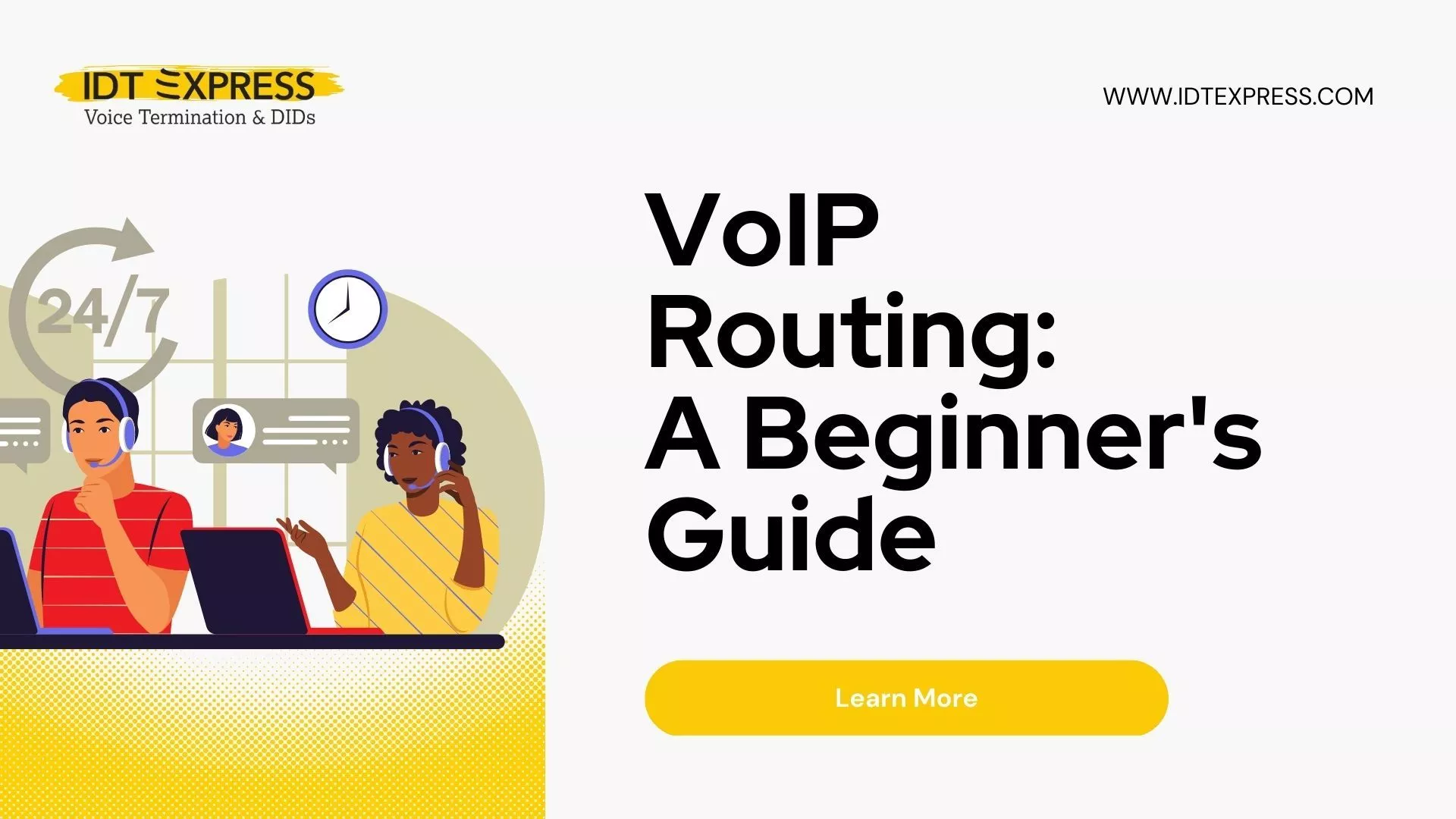Voice over Internet Protocol (VoIP) routing is a method of transmitting voice communications over the internet rather than through traditional telephone lines. This technology has revolutionized the way businesses communicate and has led to a significant reduction in costs and an increase in efficiency. In this guide, we will provide an overview of VoIP routing and its benefits, as well as a step-by-step guide on how to set up and use VoIP routing in your business.
What is VoIP Routing?
First, let’s define what VoIP routing is. In simple terms, VoIP routing is the process of routing phone calls over the internet. This is done by converting analog voice signals into digital data, which is then transmitted over the internet to the recipient. The recipient’s device then converts the digital data back into an analog signal, allowing them to hear the call.
One of the main benefits of using VoIP routing is cost savings. Traditional telephone lines and long-distance calls can be expensive, but with VoIP routing, calls can be made over the internet at a fraction of the cost. This is because internet service providers typically charge a flat rate for internet access, rather than per-minute charges for telephone calls. Additionally, with VoIP routing, there is no need to pay for expensive phone lines or long-distance charges.
Another benefit of VoIP routing is increased flexibility. With traditional telephone lines, calls can only be made to and from specific locations. However, with VoIP routing, calls can be made from anywhere with internet access, making it easy for businesses to communicate with employees, customers, and partners across the globe.
VoIP routing also offers advanced features such as call forwarding, call waiting, and voicemail. These features can help improve productivity and efficiency by allowing employees to stay connected even when they are away from their desks. Additionally, many VoIP routing providers offer virtual phone numbers, which allow businesses to have a local presence in multiple locations without the need for physical phone lines.
Choosing The Right Voice Over Internet Protocol (VoIP) Carrier Provider
Now that we’ve covered the basics of VoIP routing and its benefits, let’s take a look at how to set up and use VoIP routing in your business. The first step is to choose a VoIP routing provider. There are many providers to choose from, so it’s important to research and compare different options to find the best fit for your business. Some things to consider when choosing a provider include cost, reliability, and the features offered. When choosing a Voice over Internet Protocol (VoIP) carrier provider, there are several key factors to consider to ensure that the provider can meet the needs of your business. These include:
- Reliability: The provider should have a track record of providing reliable service with minimal downtime.
- Quality of service: The provider should be able to provide high-quality voice and video calls with minimal latency and jitter.
- Scalability: The provider should be able to accommodate your business’s growth and changing needs.
- Features: The provider should offer a variety of features such as call forwarding, voicemail, and virtual phone numbers.
- Customer support: The provider should offer comprehensive customer support, including training and troubleshooting.
- Security: The provider should have robust security measures in place to protect against hacking and other security threats.
- Pricing: The provider should offer competitive pricing and flexible plans to meet your budget.
- Compliance: Make sure the provider is compliant with all the necessary regulations and certifications.
- Interoperability: The provider should be able to integrate with your existing systems and devices.
- International Coverage: If your business operates internationally, ensure the provider has good coverage in those areas.
By considering these factors, you can choose a VoIP carrier provider that can provide the reliability, quality, and features that your business needs to thrive.
Setting Up VoIP Routing System
Once you have chosen a provider, the next step is to set up your VoIP routing system. This typically involves purchasing and setting up VoIP phones or softphones, which are software-based phones that can be used on a computer or mobile device. Your provider should be able to guide you through the setup process and provide any necessary training. After your VoIP routing system is set up, the next step is to test and configure the system. This includes testing the call quality, setting up call forwarding, and configuring voicemail. Your provider should be able to provide support and guidance during this process. Finally, it’s important to stay up to date on the latest features and updates offered by your VoIP routing provider. This can help ensure that you are getting the most out of your system and that it continues to meet the needs of your business.




